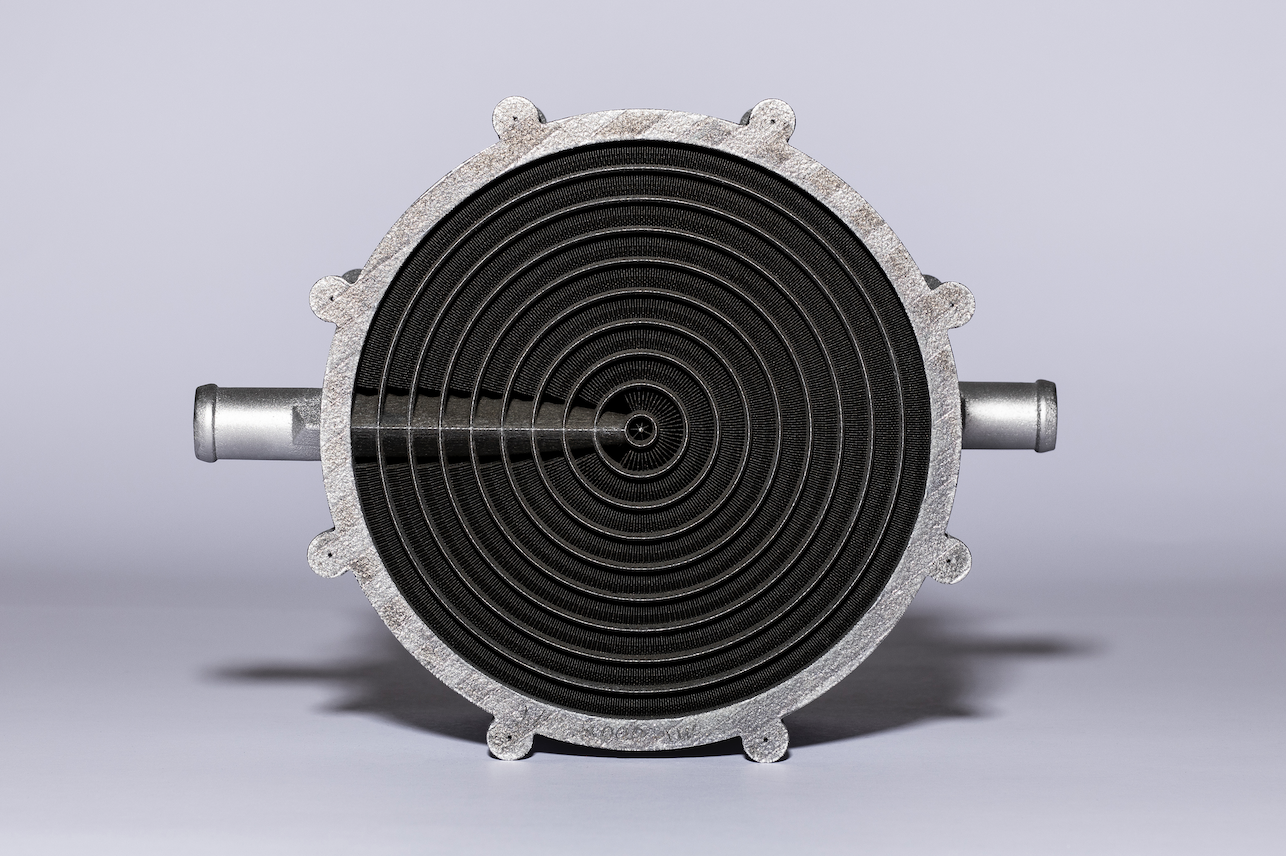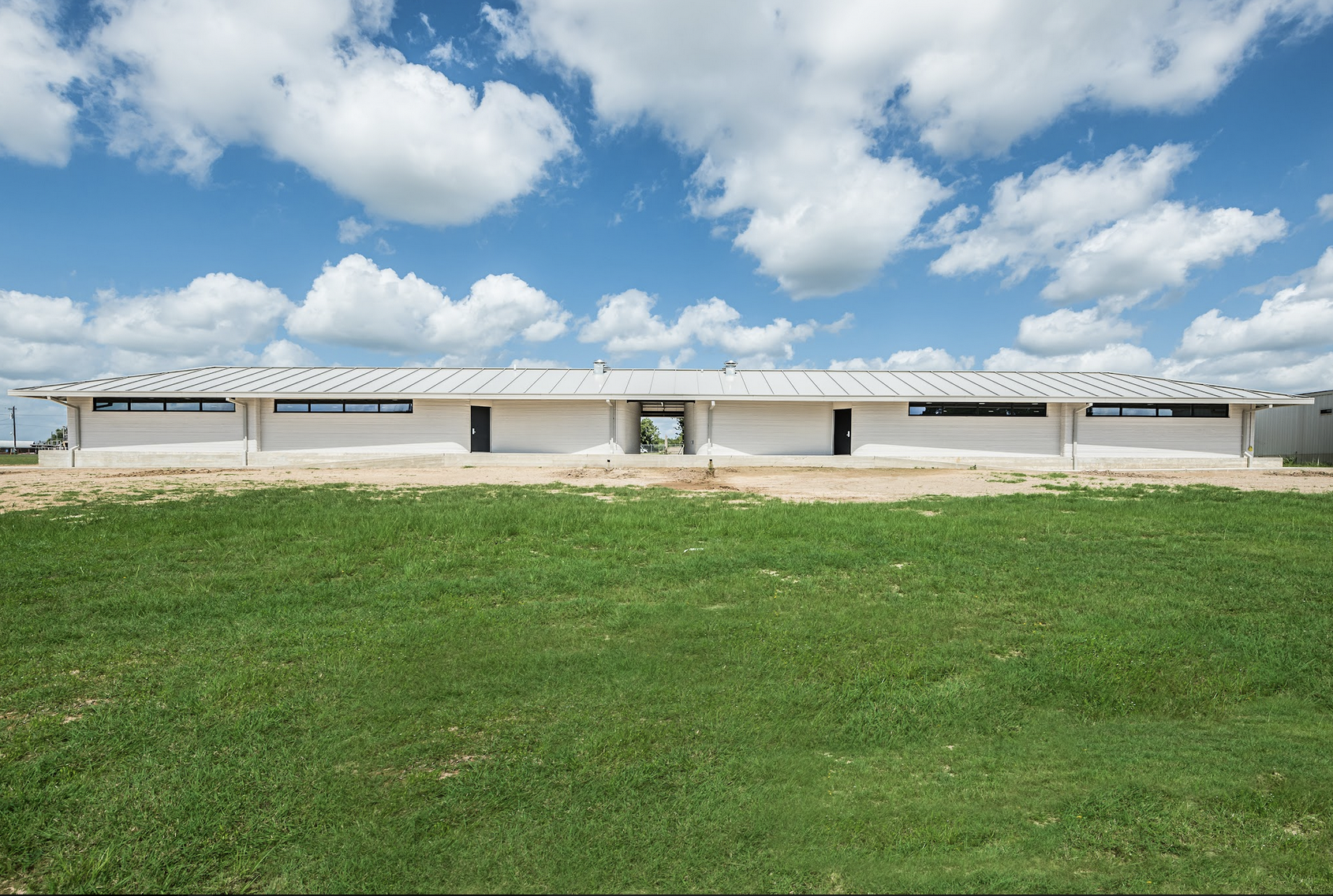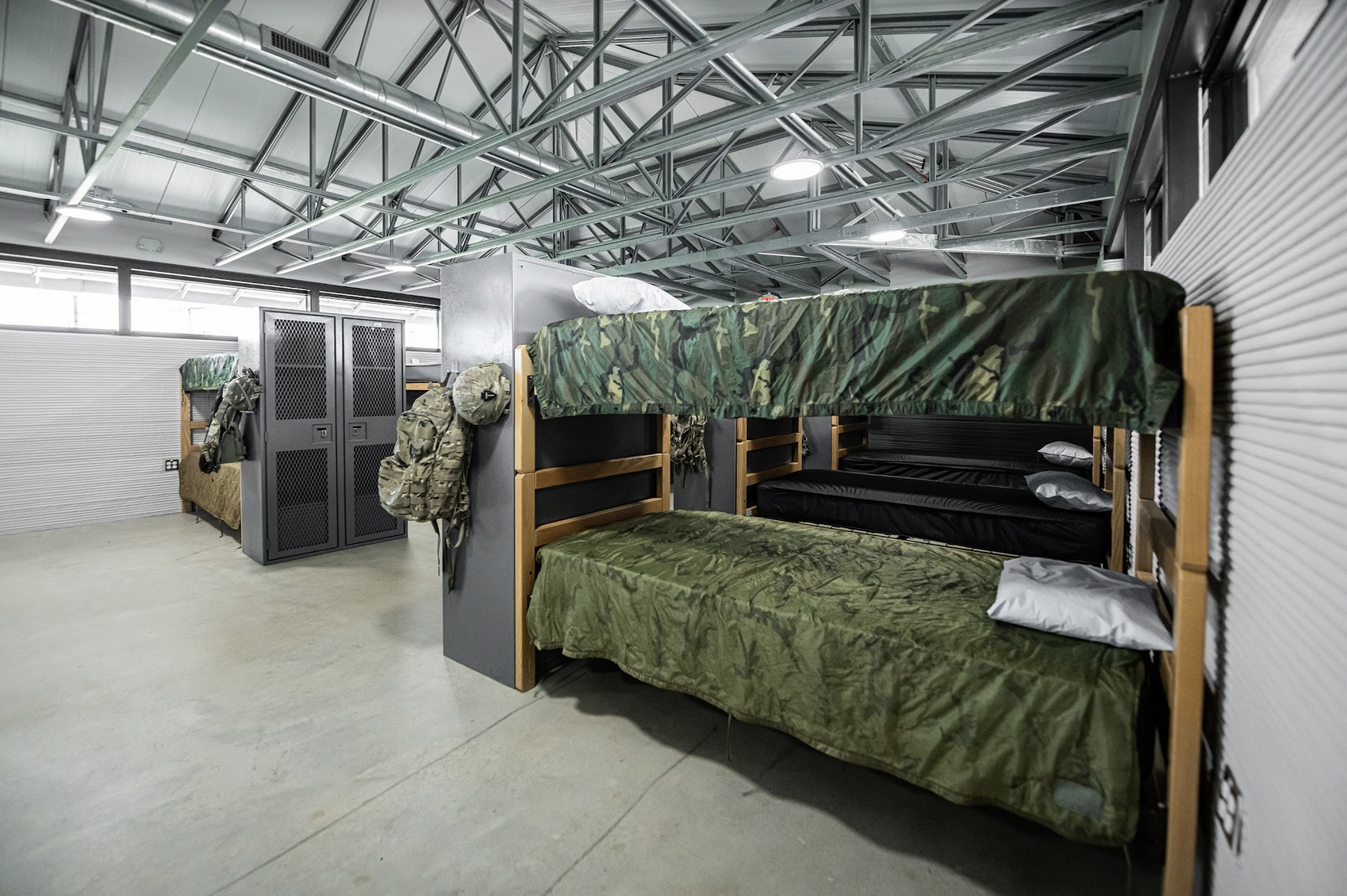Though the traction began building before the 2020 election, the Biden Administration has rolled out a slew of overarching initiatives that are reshaping how the U.S. will look going forward. Some of these are targeted at repairing and enhancing the country’s crumbling infrastructure, while others are geared at workforce training. A theme underlying them all is the development of advanced manufacturing in the U.S. as a broader plan to reshore production and, thus, introduce resiliency to the overall system.
With that in mind, it’s difficult to even keep up with the myriad programs introduced almost daily. In this past week alone, there have been at least three pieces of news that provide further indication of the manufacturing transformation underway: $63 million in funding from the Department of Energy (DoE) to advance electric heat pump manufacturing, an update to the Critical and Emerging Technologies List, and a release by the Department of Defense (DoD) of a Resilient and Healthy Defense Communities (RHDC) Strategy.
Heat Pumps
On February 14, 2024, the Biden Administration, under the auspices of the DoE’s Office of Manufacturing and Energy Supply Chains, announced that $63 million has been allocated to enhance the domestic manufacturing landscape for electric heat pumps, including heat pump water heaters and various system components. This move is part of a broader effort under President Biden’s Investing in America agenda and is backed by the Inflation Reduction Act, leveraging the Defense Production Act (DPA) to meet the urgent demands of climate change.

A water charge air cooler heat exchanger from Conflux Technology. Image courtesy of Conflux Technology.
Heat pumps, lauded for their ability to transfer heat rather than generate it, offer an eco-friendly alternative to traditional heating and cooling systems, boasting up to 50% less greenhouse gas emissions than the most efficient gas boilers currently available. This figure is expected to rise to 75% by 2030. The funding initiative also places a strong emphasis on workforce development, recognizing the need for skilled professionals to support the burgeoning clean energy sector. A portion of the funds may be allocated to training and development programs.
Given the rate of adoption for additive manufacturing (AM) technologies, it’s natural for essentially any new production initiative to explore 3D printing early on. However, AM has enormous potential in thermal and energy management applications.
Historically intertwined with Ingersoll-Rand, Trane Technologies is one of the world’s leading companies dedicated to heating, ventilation, and air conditioning (HVAC) and refrigeration. Already, the firm has taken advantage of earlier DoE funding to develop electric heat pumps with 3D printing. Beyond that, heat exchangers, which are critical components in heat pumps, have become one of the prime use cases for AM as they can introduce enormous efficiency gains to those systems.
The 2024 Critical and Emerging Technologies List
On February 12, 2024, the White House Office of Science and Technology Policy (OSTP) released an updated list of critical and emerging technologies (CETs). The 2024 update identifies technologies that range across various sectors, from advanced computing and artificial intelligence to clean energy generation and space systems, where the U.S. seeks to lead or maintain its competitive advantage.
AM can fit into many of the sectors named on the list, but is highlighted specifically in the Advanced Manufacturing category, where it is placed alongside “techniques including those supporting clean, sustainable, and smart manufacturing, nanomanufacturing, lightweight metal manufacturing, and product and material recovery.”
About the purpose of the CET list—developed by the OSTP through a comprehensive interagency process involving the NSTC and the National Security Council, with contributions from subject matter experts across 18 departments and agencies within the Executive Office of the President—the document explains:
“[T]his list should be used as a resource to: inform future efforts that promote U.S. technological leadership; cooperate with allies and partners to advance and maintain shared technological advantages; develop, design, govern, and use CETs that yield tangible benefits for society and are aligned with democratic values; and develop U.S. Government measures that respond to threats against U.S. security. Departments and agencies may consult this CET list when developing, for example, initiatives to research and develop technologies that support national security missions, compete for international talent, and protect sensitive technology from misappropriation and misuse.”
Strategy to Forge Resilient and Healthy Defense Communities
On February 15, 2024, the DoD introduced its first-ever RHDC Strategy, aimed at enhancing the living, working, and training environments for over two million military and civilian personnel within the defense sector. To do so, the DoD plans to revamp its infrastructure, spanning 280,000 buildings across 538 installations and approximately 26 million acres of land. The strategy emphasizes the following three goals:
- Adopting Human-Centered Requirements: The aim is to create environments that surpass basic utility and compliance, fostering spaces that promote well-being, productivity, and camaraderie among defense personnel.
- Optimizing the Department’s Footprint: This goal seeks to align the scale and scope of military infrastructure with the actual needs of Service members, their families, and the mission, ensuring efficient and effective use of resources.
- Transforming Portfolio Management: By adopting a focused sustainment management strategy, the Department intends to prioritize investments that will significantly improve the condition and resilience of DoD facilities.
The strategy, which can be found here, emphasizes the DoD’s intent to explore leading practices for modular, open architecture in new construction and major renovations, aiming to adapt these structures for various purposes. This approach, along with leveraging the latest in infrastructure innovation and high-quality, low-impact construction materials, is designed to build facilities that, with proper maintenance, will be usable for many decades.

ICON’s 3D printed military barracks for the Texas Military Department. Image courtesy of ICON.
For those following the additive construction (AC) sector, it wouldn’t be surprising if the DoD explored the technology for new structures. After all, it has already contracted with AC startup ICON to 3D print multiple barracks, while it also funds research into concrete 3D printing for military and extreme weather response scenarios.
The strategy additionally highlights the DoD’s goal of focusing research and innovation on improving the quality, reliability, and resilience of electrical and water systems through the integration of new technologies and improved operational approaches. This includes extending energy resilience investments.

Inside ICON’s 3D printed military barracks for the Texas Military Department. Image courtesy of ICON.
The DoD also aims to support private-sector innovation in energy resilience, adapt new technologies and electrical system designs to enhance system reliability, provide long-duration backup power when needed, and offer greater flexibility in the control and delivery of power, ensuring installations have reliable and secure sources of water during water scarcity and extreme weather events. Again, as noted with the heat pump initiative, it would be more surprising if the DoD didn’t adopt AM at some level in improving the efficiency and resilience of its electrical and water systems.
What all of this suggests is not so much that 3D printing is revolutionizing the U.S. landscape, but that it is one portion of a massive initiative taking place in the country. That, in turn, is reflective of a broader global trend, where countries around the world are reshoring their supply chains. And, though AM is not the central node of this evolution, there are almost too many opportunities for 3D printing companies to take advantage of at this moment and in the near future.
Feature image courtesy of Conflux Technologies.
Subscribe to Our Email Newsletter
Stay up-to-date on all the latest news from the 3D printing industry and receive information and offers from third party vendors.
You May Also Like
3D Printing News Briefs, April 27, 2024: Research, Digital Dentistry, Cycling, & More
We’re starting today’s 3D Printing News Briefs with some research into 3D printed luminescent quantum-dot polymer architectures and free-form laser beam shaping, and then on to an open source 4-axis...
HP & INDO-MIM Collaborate to Boost Metal 3D Printing in India
HP Inc. and INDO-MIM, a US- and India-based supplier of metal injection molding (MIM) powders and contract manufacturer, have announced that the two companies will collaborate to accelerate additive manufacturing...
3D Printing News Briefs, February 17, 2024: Shot Blasting, Service Bureaus, & More
In today’s 3D Printing News Briefs, we’re starting out with post-processing, as SKZ Würzburg is using a shot blast system from AM Solutions for its research. Moving on to business,...
3D Printing News Unpeeled: Not That Kind of Organ 3D Printing
GKN Aerospace will create a 150 jobs in Trollhattan Sweden with an investment of $60 million part of which comes from the Swedish Energy Agency’s Industriklivet initiative. The investment will...






























